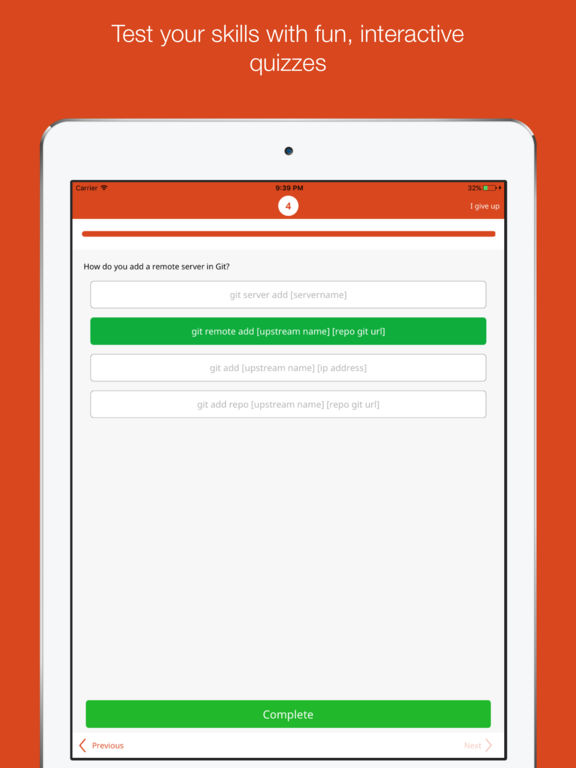

The project owner can delegate this effort to a project coordinator. It is vitally important for the project owner to be highly engaged throughout the product’s entire design and development. All can be validated then by asking users directly how they felt with each product interaction. Internal tracking of end-users can help identify new or different user groups, unanticipated use cases, poor flow or lack of clarity on how a feature works. That’s vital info to help minimize the number of clicks, swipes or other interactions needed to perform the most common tasks. Internal tracking can show what screens or functions they access most frequently, and how much time they spend with each. – Artem Petrov, CEO of Reinventlyĭoes participatory design mean end-users are directly involved in the decision-making process of your app’s design? Tricky question! Typically no, but their direct feedback and the data you are able to gather through their use of your app plays a critical role in all decisions.

If people find your app unintuitive or hard to use, they’ll most likely not bother to use it. Mobile design strives for simple, goal-focused functionality: it’s not just about building a beautiful product. You never hear customers saying, “Gee, I wish this app was harder to use!” Their feedback never violates the rules of what constitutes good design – it defines it. Stakeholders Include End-USersĮnd-user feedback does not diminish the importance of the project owner’s input or designer ideas. Often enough, guesswork is a leading root cause of failure, as we examined in Why Startups Fail – A Matter of Process? Projects that must fit the founder’s vision perfectly, but for which there is no market validation, are extremely high-risk projects. Frequently failing as a startup to get a product/market fit, companies relaunched repeatedly until they ran out of money or got lucky.” “…launching a startup in 1999 meant raising lots of money, spending 9 months in development and then launching with massive PR. Millions of apps have been created only to receive little or no use – because just about everything about them was predicated on guesswork. So, who’s to blame when the designer delivers a design per the project owner’s spec, but the people it was designed for hate it? An idea for a profitable app is not great until a) customers tell you it’s great, and b) buy into its monetization methods. The founders of some startups often think they have a great idea and know exactly what they want to see. Until recently, the goal of design projects was geared all too often towards pleasing the project owner – the senior manager, executive, or founder paying for the design. To rectify that, participatory design asks, and better yet – involves – end-users in the design process to maximize user feedback. Without end-user involvement, we can only guess at what end-users will want, like, how they will use a product, and what features they will use most. Stakeholders include the project owner, employees, developers, designers, and most importantly, end-users. Without further ado: What is Participatory Design?Īlso known as cooperative design or co-design, participatory design is a process in which all stakeholders are involved with design decisions. Saves you time and money by avoiding undesired features and functions.īut, for those of you wanting to know more, we’ve written a more detailed guide.Eliminates a lot of guesswork – all design decisions are validated by user data.Gives you a direct line to what your customer (end-users) want.End-users help to answer a lot of questions much earlier in the design and launch process compared to “traditional” design approaches.Closely tied to all of the principles of a Minimum Viable Product.All stakeholders are involved – Project Owner, Designers, and End-Users.Everyone has a role to play in product design today, and the benefits are quite remarkable. Who determines great design? Is it the person who came up with the idea, the designer themselves, or the end-users – who will ultimately use a product? If you said end-users, you’d be right! During the design process, including these end-users, alongside stakeholders, is at the heart of participatory design.


 0 kommentar(er)
0 kommentar(er)
